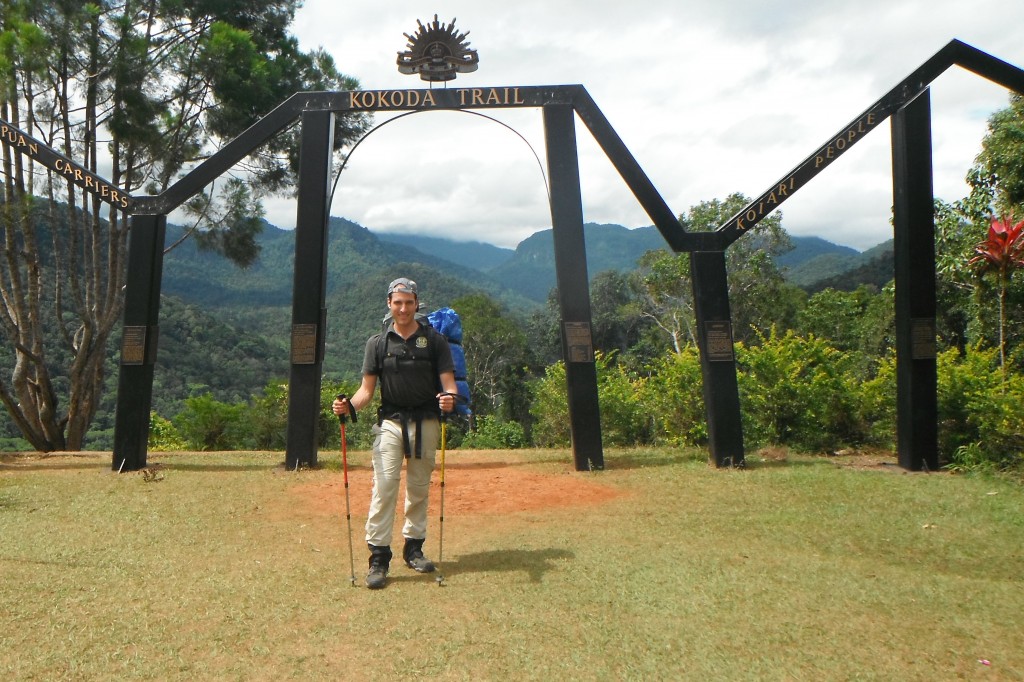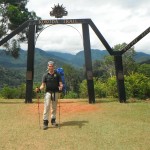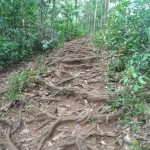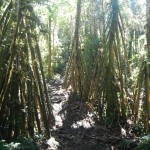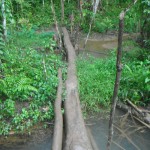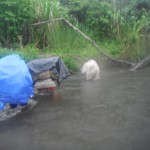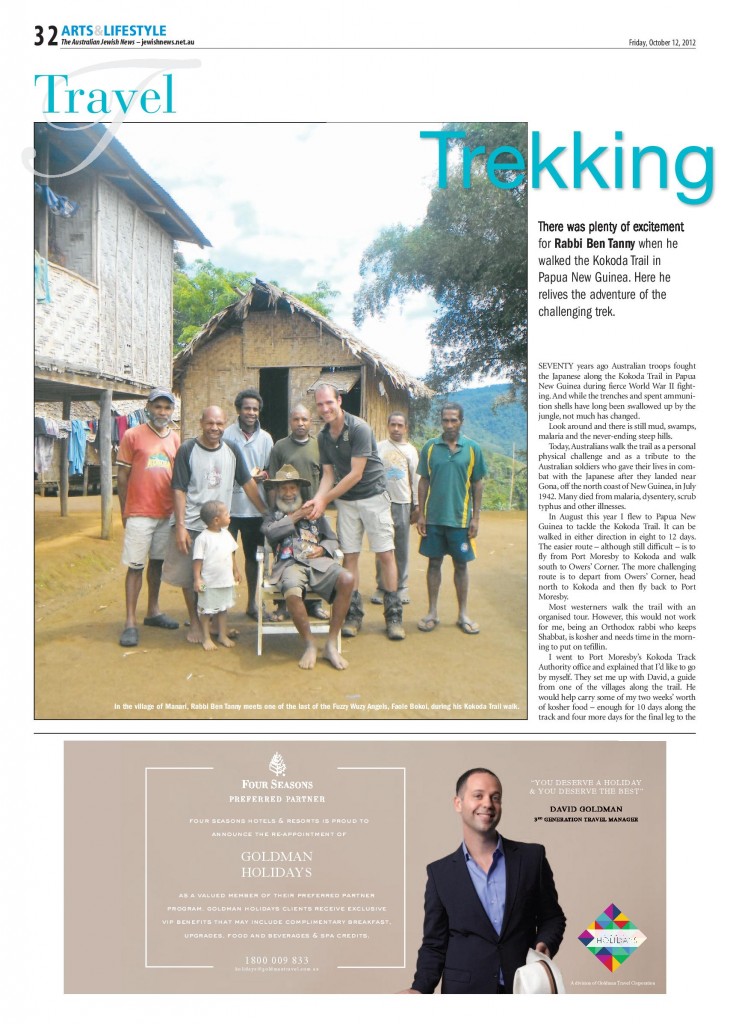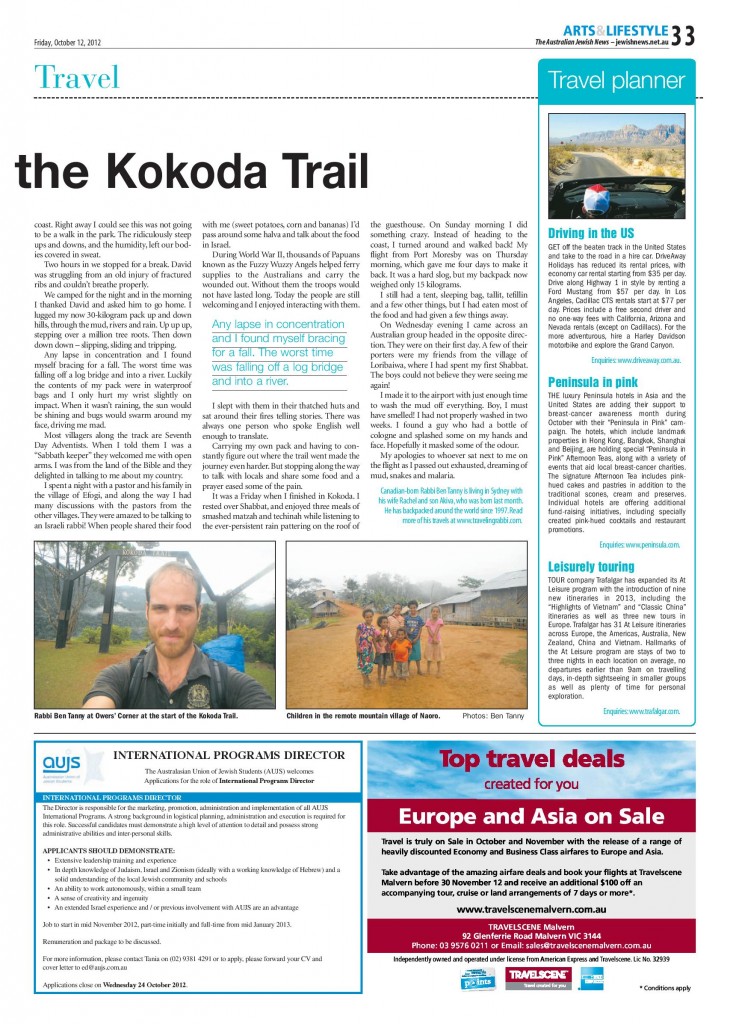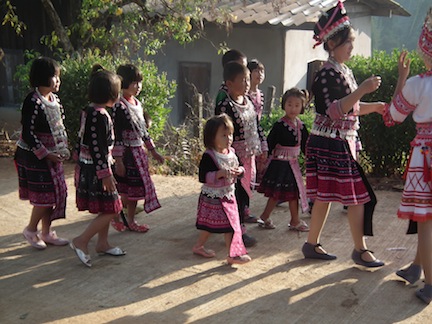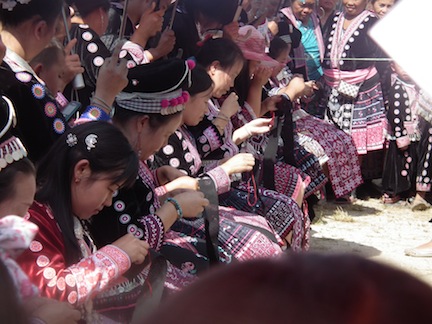‘This post is in honour of the Jewish Australian service men who gave their life defending their country.’
The first time I heard about the Kokoda Trail was from an Australian friend in Sydney. I think it was sometime in 2006. A friend of mine saw a program on television about the history of the Kokoda campaign and got excited about walking the Track. We brainstormed together ideas how we were going to travel to Papua New Guinea and do the 97km trek through mud, rain, and ankle twisting terrain.
We never did end up going and I largely forgot about Kokoda as I travelled around the world doing other tracks and climbing mountains. In June 2012, something triggered off my memory of Kokoda and I decided to do the track. It is a challenging walk and when I took into account I’d need to keep kosher and Shabbat along the way, I ruled out going with any organized tour. My only solution was to get a company to take me alone, or I’d have to walk the Kokoda solo. I was quoted prices from various companies that organize Kokoda trips, ranging from $2,000-4,000. In addition to this cost, I would need flights, some personal gear, visa, additional food, and so on. It was going to cost over $4,000, which seemed too much money to pay to trek through rain and mud for a week.
I posted in forums looking for someone else who would be interested in joining me, to offset some of the cost. I found and met one guy in Sydney, who agreed to come but then pulled out a couple of weeks before. His doctor had suggested that he was not fit enough to do the walk.
I contemplated putting a kosher/Shabbat group together and found a few people interested. I realized through it could be a year or two until it would actually happen that everyone would be ready.
And so not wanting to wait I went alone.
I purchased plane tickets to PNG, bought most of the food I’d need and threw in a bit of exercise to get in shape. I read online from a number of people that one of the most important things on the Kokoda Track is to have a pair of boots with solid treads. My pair of hiking boots had seen better days, so I bought a new pair from Kathmandu that have some of the largest treads I’ve ever seen on a pair of boots. This was certainly the right decision. Having these boots on the Kokoda saved me from falling numerous times as I slipped my way down muddy slopes.
I broke in my new boots (very important to do before heading for a trek) and got a bit fitter by doing a few day walks carrying my pack with 25kg in it. I’ve done loads of trekking with a backpack so it was no big deal. I just wanted to push myself a bit more.
A guy who had a bunch of maps and track notes from his previous trip responded to one of my posts. We met and he gave me some pointers and let me photocopy all the material.
From the library I took out 5 books on the Kokoda campaign along with the documentary ‘Kokoda.’ I felt it was important to find out and educate myself as much as possible before getting to the track. The more I knew about the history, the more I could appreciate what the Australian soldiers had to endure.
To be continued.
Previous post on the Kokoda Track http://travelingrabbi.com/adventure/walking-the-kokoda-track-solo-in-both-directions-in-honor-of-the-australian-diggers/index.html
- The start of my Kokoda trip
- This is what much of the Kokoda Track looks like
- Some interesting treas along the Kokoda Trail
- Part of the Kokoda Trail
- Rain on the Kokoda Trail


